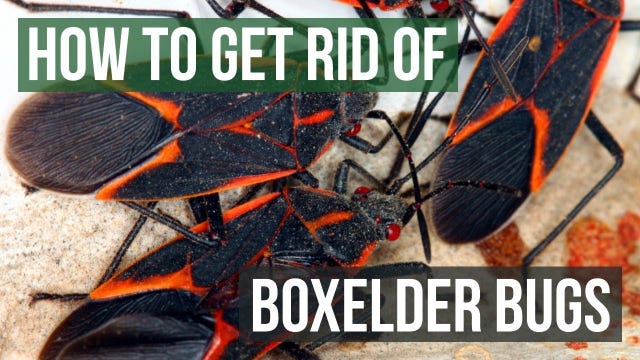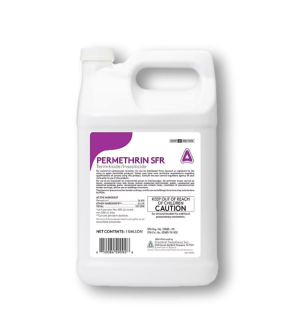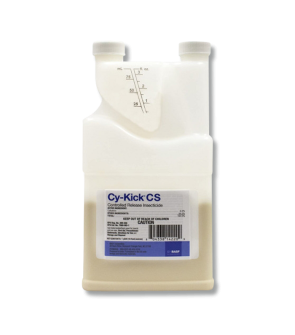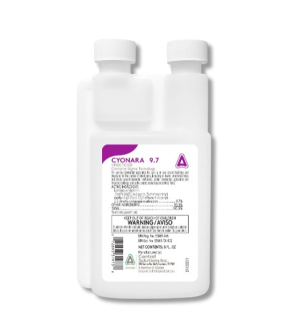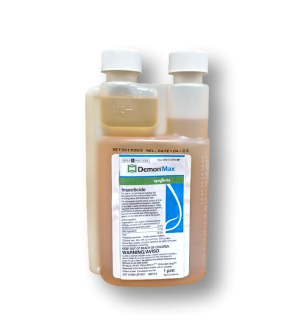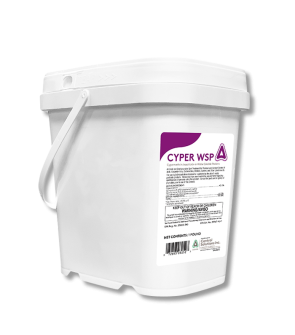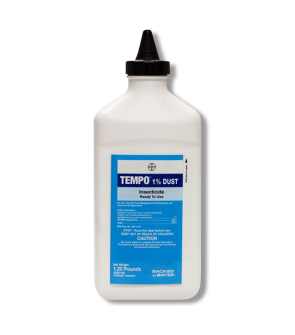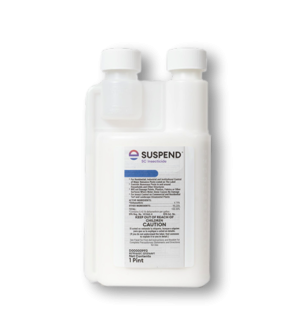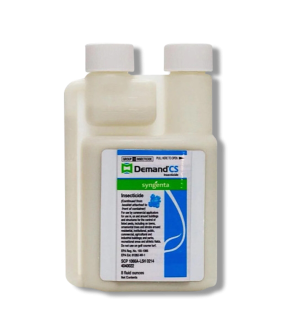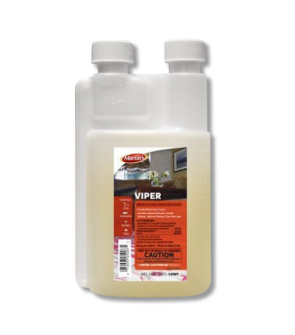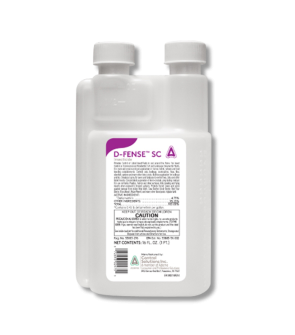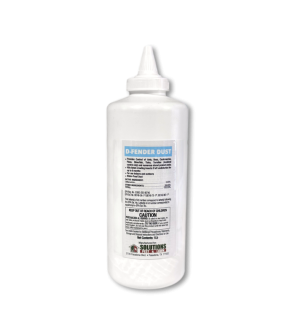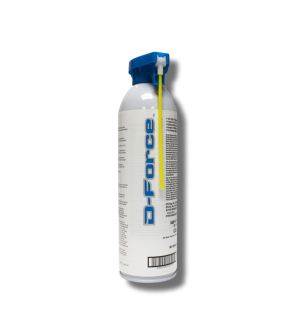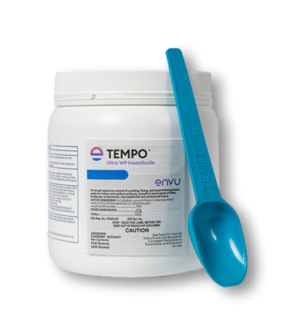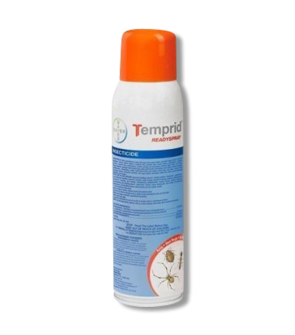Gain access to personalized product screening, the best pricing, rewards, and more!
Most Effective Products
Boxelder Bug Control: How To Get Rid of Boxelder Bugs
This page is a general boxelder bug control guide. Using the products and methods suggested, you will get control of boxelder bugs. Follow this guide and use the recommended products, and we guarantee 100% control over boxelder bugs.
When the cold winter temperatures arrive, various pests look towards your home for warmth and shelter and bring about an annoying infestation. One such bug is the boxelder bug.
Although boxelder bugs don’t harm property or people, these little black and red bugs can be a nuisance because they tend to gather in large numbers and crawl around cracks and crevices.
Fortunately, these bugs can be fairly easy to eliminate by implementing preventative exclusion measures in and around your home and using an effective insecticide.
If you’re suffering from an infestation of boxelder bugs, our DIY guide can help. Learn below the steps to take and professional products to use if you want to get rid of boxelder bugs from your home successfully.
Identification

Identification is essential for control. Before you can treat, you need to be sure you’re dealing with boxelder bugs. You might confuse boxelder bugs for milkweed bugs, which is why their Identification is important.
- Boxelder Bugs are usually about 1/2 an inch long and 1/3 wide. Their bodies are shaped like sunflower seeds but can be easily distinguished by color. They are black and have orange or red edges on their body. They also have red eyes that bug out, six legs, and long antennae.
Use the description and image above to properly identify boxelder bugs. If you are unsure, contact us; we will help you with the correct identification.
Inspection

Inspection is pivotal for control. Before you can treat, you need to know exactly where the boxelder bugs might enter the property or where they are currently hiding.
Where To Inspect
Indoors, look in storage areas, attics, basements, crawl spaces, cabinets, closets, garages, and cracks and crevices. Outdoors, search in the yard. Look in boxelder trees if you have them, in the south and west-facing walls of structures that receive the most sunlight, and in trees and bushes.
What To Look For
You’re looking for boxelder bugs and cracks and crevices where they may enter the structure. Outside, search for trees, plants, and shrubs. On the outside of your structure, look for cracks and crevices near window frames, door frames, electrical/plumbing penetrations, and any small cracks where they may enter. If you have found boxelder bugs or cracks and crevices, this is where you will apply treatment.
Treatment
Once you have confirmed boxelder bug activity, it is time to begin treatment. Remember to read all product labels, follow the application instructions on them, and wear personal protective equipment (PPE) to stay safe.
Our recommendation for treating boxelder bugs is to treat the outdoor perimeter with Supreme IT Insecticide. For boxelder bugs that have made their way indoors, use a combination of Pyrid Aerosol and D-Fender Dust.
Step 1: Outdoor Treatment with Supreme IT
Start by treating the outside. Ideally, you will want to spray before winter arrives in the middle or late fall. Supreme IT is a great insecticidal repellent insecticide concentrate that will kill, repel, and prevent many insects, including boxelder bugs, from entering your structure. It also has a long-term residual, creating a chemical barrier for up to 90 days.
Begin by calculating the square footage of your treatment areas. You can find the square footage by measuring the treatment areas' length and width in feet and multiplying them together (length X width = square footage).
Apply 1 oz. of Supreme IT mixed with one gallon of water to cover 1,000 sq. ft. of area.
Perform a perimeter treatment by spraying 3 feet up and 3 feet out from the foundation of your structure. You will also want to spray window frames, door frames, electrical/plumbing penetrations, eaves, soffits, and any small cracks and crevices you might be able to find on the exterior of your property.
Do not let people or pets enter the areas sprayed until completely dried.
Step 2: Indoor Treatment with Pyrid Aerosol
Indoors, Pyrid will be used as a contact spray for any boxelder bugs you can find inside your property and flush out their clusters. Pyrid is a pyrethrin insecticide aerosol that offers a quick knockdown of pests with no residual.
Pyrid comes in a ready-to-use aerosol spray can. Shake the can well, point, and spray swiftly, sweepingly. You can also use it inside cracks and crevices by attaching the red straw applicator tip. Apply around windows and tight spaces from which boxelder bugs might emerge in the Spring.
Step 3: Apply D-Fender Dust
D-Fender Dust is the final touch to round out your treatment. It is a ready-to-use insecticidal dust perfect for use in hard-to-reach areas where boxelder bugs like to hide. Best of all, when applied, the Dust remains effective for up to 8 months.
To use D-Fender Dust, you will need a handheld duster. Fill the duster halfway with D-Fender Dust and leave plenty of room inside to let the air circulate. Apply by squeezing.
Apply in hotspots that include baseboards, under furniture and appliances, below sinks, around door and window frames, and the corner corners of attics and closets. Apply in any small crack and crevice found inside your home. You can also apply D-Fender Dust outside in cracks and crevices.
Prevention
After eliminating the boxelder bug infestation, you must prevent reinfestation by implementing preventative measures.
- Start by sealing and closing off any potential entry points into your home. Use caulk or copper mesh to completely seal off any openings in cracks and crevices found outside your structure.
- Finally, use Supreme IT and D-Fender Dust in late fall, before the weather turns cold, and when the boxelder bugs start accumulating on your structure's west—and south-facing walls. Applying both products in the fall will prevent the boxelder bugs from entering your home in the winter.
Key Takeaways
What Are Boxelder Bugs?
- Boxelder bugs are overwintering pests that invade homes when temperatures drop in large clusters.
How to Get Rid of Boxelder Bugs
- Boxelder bug infestations should be treated with an outdoor perimeter application of Supreme IT Insecticide before winter arrives. Any indoor invasions should be treated with Pyrid Aerosol and D-Fender Dust.
Prevent Boxelder Bug Reinfestations
- Remember that exclusion is the best form of prevention. Seal and close any cracks and crevices around your home before winter arrives.






